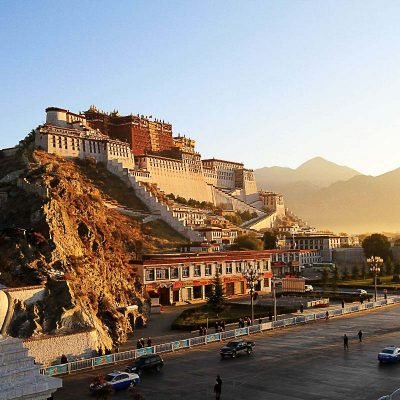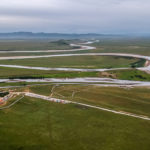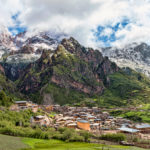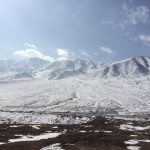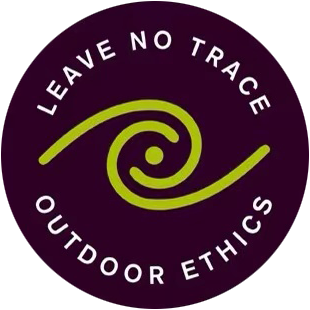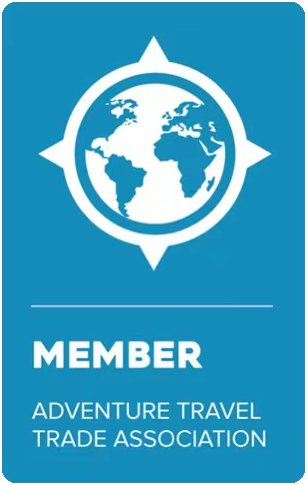We specialize in helping expats living in China travel into the Tibetan Plateau so we would be happy to help you with your questions.
Contact us here if you want to know more.
Here is what you need to know about Tibet Travel Permits.
There are two options for your Tibet travel experience and based on what option you choose you may or may not need permits:
1.) Tibetan Autonomous Region (TAR)
This is what most people traditionally think of as Tibet and is what we call “XiZang” 西藏 or “western Tibet” in Chinese. This area is still considered politically to be China (so you only need a Chinese visa) but has some special conditions as an autonomous region. The TAR comprises all the big name tourist destinations including Lhasa, the Potala Palace, the Summer Palace, Jokhang Monastery and the Barkhor Square, and Everest Base Camp and Mount Kailash. It is possible for you to travel here but you need to book with a trustworthy local agency in Lhasa and they can help you obtain all the permits. You will need a “Tibet Travel Permit” in your hand organized by a Lhasa travel agency before you board a train or airplane to fly into Lhasa. These permits are usually sent to your Chinese hotel (usually in Xining, Beijing, Xi’an, Shanghai, or Guangzhou) and you pick them up before you get on a train or plane to Lhasa (without the Tibet Travel Permit you will not be allowed on the train or plane). You must carry this permit on you at all times in the TAR because you will use multiple times every day to register at check points. If you are joining a group tour into the TAR that starts outside of the TAR your guide will likely meet you in Chengdu or Xining and will handle all these details as you board the train or plane.
Foreigners are not allowed to travel here by themselves and they must join a pre-arranged group tour and travel with an agency where they have a known itinerary, guide, and registered car. Your itinerary will be pre-booked and each destination will be listed specifically on your Tibet Travel Permit. Your guide will need to present this permit every time you enter a new destination and at designated checkpoints along the road. Therefore there is no room for you to make any last minute travel changes. If your permit lists “Lhasa, Gyantse, Shigatse, and Everest Base Camp” those are the only areas you will be allowed to go to. So you would NOT be able to add on any side trips, for instance on the above permit, to Namtso Lake, Lake Manasarovar, Mount Kailash, Guge Kingdom or other areas not listed on your Tibet Travel permit.
The moral of this story is you need to plan and do your homework before you travel because the TAR is not a destination for free-wheeling hippies and people who make their plans at the last minute. Tourism here is very popular and ruggedly beautiful but it is very standardized and even a little scripted.
The Tibetan Autonomous Region a is an awesome travel destination but generally involves more planning and is more expensive because of the restrictions on travel. For this reason, the majority of tourists we see travel in the TAR are generally 40-65 years old, often are retired or have a good deal of disposable income, and are okay with sticking consistently to a pre-formatted itinerary. While the TAR is a once in a lifetime must-do travel experience, the TAR is not a budget travel destination like Nepal or Vietnam so most travelers here usually have middle to high income levels.
It is possible to arrange a private tour but then you are not sharing the costs of guides, drivers, permits, bookings, etc. so this is often very expensive and can cost somewhere around 3 times as much as joining a group tour. So your best bet here would be to join a pre-arranged group tour.
If you want to travel here we can put you in touch with an agency we work with to help you plan and book your tour.
2.) You can see culturally Tibetan areas in western China
The provinces of Qinghai, Gansu, Sichuan, and Yunnan in western China have 100% authentic Tibetan culture (and about 60% of the entire ethnically Tibetan population), incredible monasteries, and rugged mountains but do not have the travel restrictions or permits needed that are required in Lhasa’s TAR region. You do not need a travel permit in these areas but, of course, you will need a Chinese visa to be able to enter the country and check into hotels.
These places are less famous worldwide so they do not see as many tourists but are equally (if not more authentic) than traveling in and around Lhasa.
This makes seeing Tibetan culture as a foreign tourist both cheaper and more flexible than traveling in the Tibetan Autonomous Region. It also allows you to get a little bit more off the beaten track and see things almost no other foreign tourist has seen since 90% of the Tibetan tourism that happens every year goes in and out of the TAR.
Elevated Trips is happy to help you arrange this type of travel and you can see some of our suggested itineraries here:
Prayers in the Plateau, 7 nights/ 8 days with Tibetan Nomads
Red Rocks and Monasteries, 4 nights/ 5 days in Mountains and monasteries
Regarding flights into the TAR, you would need to fly into LXA Lhasa airport. I did a quick check and did not see any direct flights into Lhasa from Jinan. So your best bet would be to take a train into Lhasa (although these tickets can often be hard to get in the high season of July an August) or to fly through Xi’an or Xining.
I currently live in Xining, so if you decided to explore Gansu or Qinghai Province as an alternative you would fly into Xining XNN or Lanzhou LHW airporsts if you were to travel with us at Elevated Trips.
You can check www.trip.com for domestic flight and train information in China.
